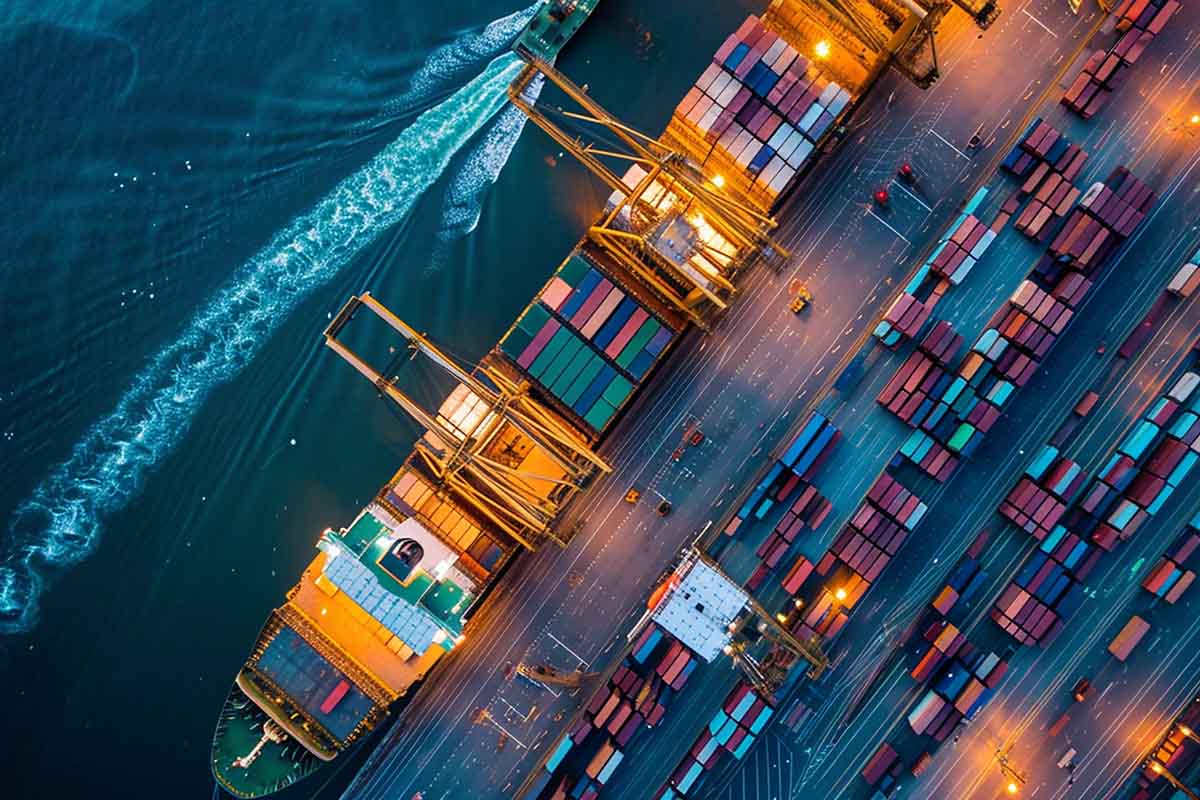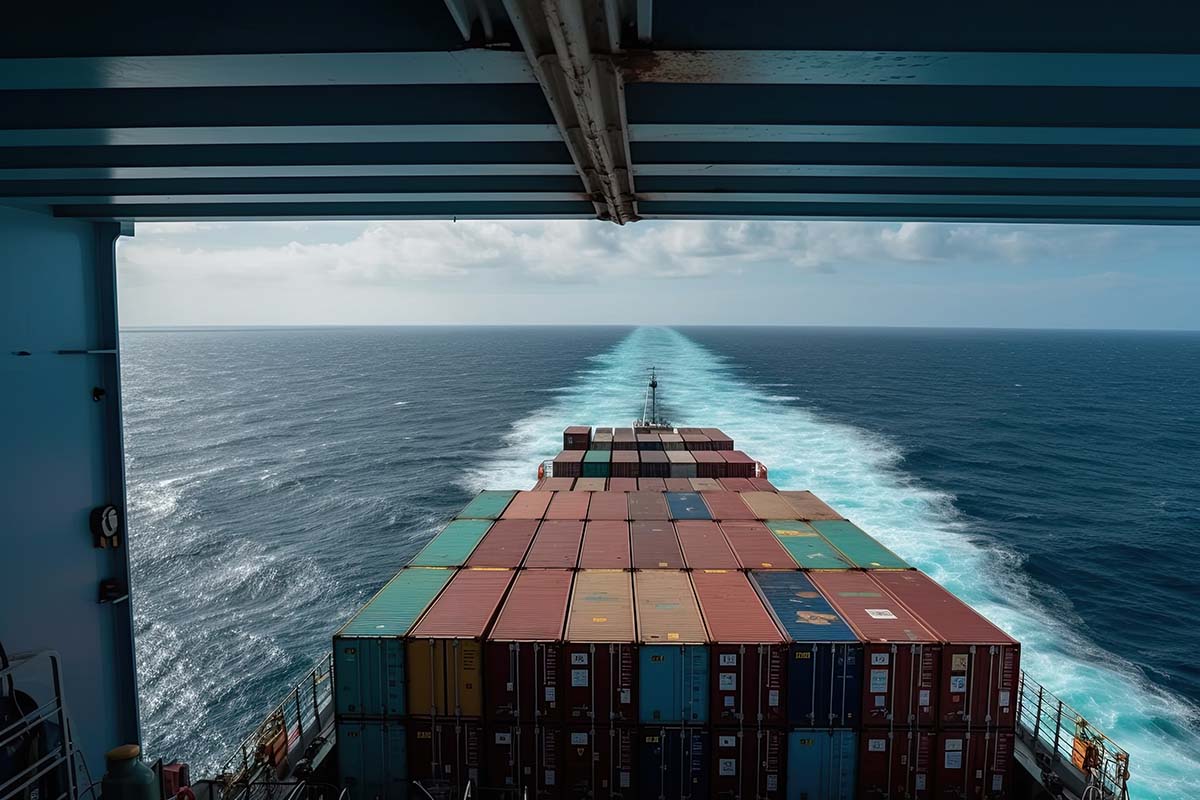How Shipping Costs Vary Across Different Maritime Trade Routes
Key Points
- Shipping costs vary due to fuel prices, port fees, vessel size, and trade imbalances, making maritime expenses complex and dynamic.
- Different trade routes, like Asia-Europe and Trans-Pacific, have unique factors influencing shipping costs, leading to significant cost variations.
- Understanding these cost factors helps businesses make informed decisions in global trade, considering the complexities of maritime shipping.
The maritime shipping industry is essential to global trade, transporting most goods between countries.
It moves vital commodities, manufactured products, and raw materials that drive economies worldwide.
Connecting producers and consumers through international waters, maritime shipping is the backbone of international commerce.
However, it faces challenges like fluctuating fuel prices, changing trade policies, and varying port fees, which all impact shipping costs.
This article examines these shipping costs by analyzing major trade routes.
We start with the Asia-Europe corridor, looking at historical and current price trends affected by economic and logistical factors.
We’ll compare this to the Trans-Pacific route, exploring cost variations caused by trade imbalances and regulations.
Additionally, we’ll review other key maritime pathways, such as the Transatlantic and Middle Eastern routes, for a full overview.
To better understand these variations, consider using a shipping calculator for accurate and up-to-date cost assessments.
A Closer Look at Maritime Shipping
Maritime shipping is essential to global trade, serving as the backbone by allowing goods to move efficiently across continents.
This industry ensures that raw materials and manufactured products reach their destinations, supporting economies worldwide.
Maritime shipping connects producers and consumers over vast distances, playing a key role in the supply chain and making global trade possible and affordable.
Understanding the specifics of shipping costs is important, so we will conduct a detailed cost analysis to show how shipping prices vary across major trade routes.
Key Factors Influencing Shipping Costs
Many factors influence shipping costs, making maritime expenses complex.
Fuel prices are a major factor because their volatility directly impacts operating expenses.
Port fees are also important, varying widely based on the port’s location, handling capacity, and services.
Additionally, the size of the vessel matters: larger ships can carry more cargo but may have higher docking and maintenance costs.
Understanding these elements helps clarify how maritime shipping expenses are calculated and managed in global trade.
Shipping Costs on the Asia-Europe Trade Route
Shipping costs on the Asia-Europe trade route have varied greatly over the years due to a mix of economic and logistical factors unique to this route.
This route has historically been vital for global trade, linking Asia’s manufacturing centers with Europe’s consumer markets.
Key factors affecting costs include fuel prices, which can change quickly due to geopolitical issues or supply and demand shifts.
Port fees and handling charges at major points like the Suez Canal also significantly impact overall costs.
The size of ships matters too; larger vessels are cheaper per unit but often face higher docking and maintenance fees.
Additionally, seasonal demand for goods, different tariffs, and congestion at key ports all contribute to the fluctuating shipping costs on this route.
Analyzing the Trans-Pacific Trade Route Costs
Shipping costs on the Trans-Pacific trade route between Asia and North America depend on both westbound and eastbound routes, each influenced by different factors.
Shipping costs from North America to Asia (westbound) are generally lower due to trade imbalances, as North America exports less than it imports from Asia.
In contrast, shipping costs from Asia to North America (eastbound) are higher because of higher demand and more goods being transported.
Regulatory environments also impact costs, as different trade policies and tariffs between countries can affect expenses.
Additionally, port fees and shipping regulations in major hubs like Los Angeles and Shanghai contribute to cost differences.
Seasonal changes, such as peak times for certain goods, also affect shipping rates.
Comparative Analysis of Other Major Trade Routes
Beyond the main Asia-Europe and Trans-Pacific routes, other important maritime paths like the Transatlantic and Middle Eastern corridors also play a key role in global trade.
The Transatlantic route, connecting North America and Europe, usually has higher shipping costs due to strict regulations and higher labor costs at ports.
In contrast, the Middle Eastern route, linking Asia with Europe and Africa, benefits from strategic locations and efficient ports.
However, it faces challenges from regional conflicts and political instability, which add to shipping uncertainties.
Comparing the shipping costs of these routes gives us valuable insights into the economic, geopolitical, and operational factors affecting global trade beyond the more common routes.
Maritime shipping is vital to global trade, ensuring the efficient movement of goods across continents. By connecting producers and consumers worldwide, it supports the global economy.
However, understanding the specifics of shipping costs is important for businesses dealing with international trade.
Examining key trade routes like Asia-Europe and Trans-Pacific highlights the significant factors influencing costs, such as fuel prices, port fees, and trade imbalances.
By also considering routes like Transatlantic and Middle Eastern, we gain a fuller view of the economic and logistical challenges in maritime shipping, enabling more informed decision-making in this industry.






















